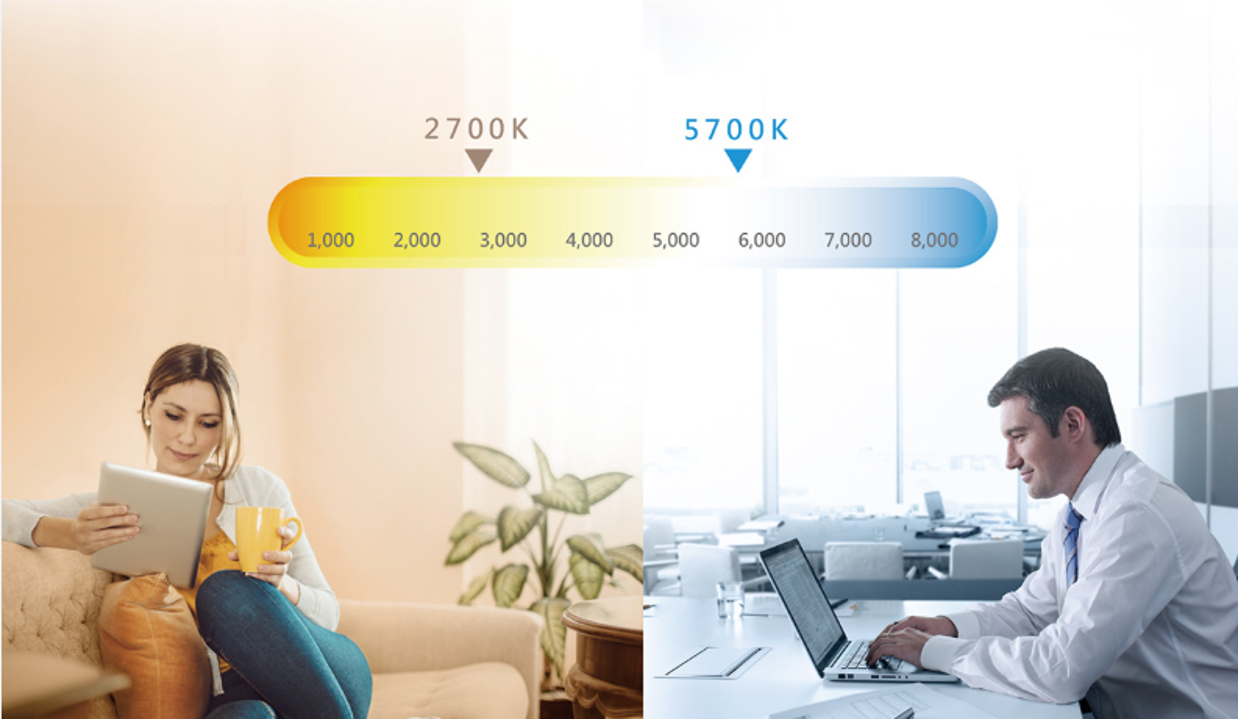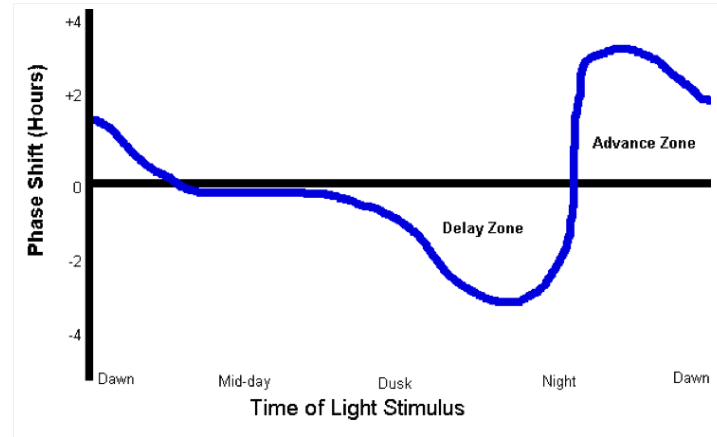Projector
Monitor
Lighting
Interactive Display | Signage
Remote Work & Learning
BenQ Europe respect your data privacy. We use cookies and similar technologies to ensure you get the best experience when visiting our website. You can either accept these cookies by clicking “Accept Cookies”, or click “Only Required Cookies” to refuse all non-essential technologies. You can customise your cookie settings here at any time. For further information, please visit our Cookie Policy and our Privacy Policy.
Some essential features on BenQ sites just won’t work without cookies. And having other cookies switched off can seriously affect the way you’ll be able to enjoy our services.
Please check your cookie settings below and turn on any cookies you’re happy with.
“Strictly necessary” cookies can’t be turned off. But Functional and Performance cookies can be turned on or off below. You can learn more about cookies and what they do on our other pages.
If you've chosen to block third-party cookies on your browser, your cookie preferences won't carry over from benq.eu to benq.xx and vice versa. Please make sure to set your cookie preferences in both places.
On
These cookies are essential so that you can move around the website and use its features. Without these cookies services you have asked for cannot be provided.
On
Off
These cookies allow the website to remember choices you make to give you better functionality and personal features.
On
Off
These cookies help to improve the performance of BenQ. If you want to opt-out of advertising cookies, you have to turn-off performance cookies.
BenQ Europe respect your data privacy. We use cookies and similar technologies to ensure you get the best experience when visiting our website. You can either accept these cookies by clicking “Accept Cookies”, or click “Only Required Cookies” to refuse all non-essential technologies. You can customise your cookie settings here at any time. For further information, please visit our Cookie Policy and our Privacy Policy.
Please note due to a high volume of orders, processing times may be longer than usual
Enter our shop hereProjector
Monitor
Lighting
Interactive Display | Signage
Remote Work & Learning
Projector
Monitor
Lighting
Interactive Display | Signage
Remote Work & Learning
Wireless PresentationStore


Life is filled with light. The 2017 Nobel Prize in Physiology or Medicine was awarded for the discovery of molecular mechanisms that control circadian rhythms. Using fruit flies as a model organism, the scientists identified a gene that controls a protein which regulates the circadian rhythm. An external physical clock changes with day and night, while an internal biological clock (also called a “body clock”) adapts our physiology to phases of the day, and that is known as the circadian rhythm.
How do circadian rhythms affect mechanisms inside a human body?
The suprachiasmatic nucleus (SCN) in the brain takes external cues from light and body messages to coordinate the autonomic nervous system that modulates secretion of melatonin and adrenal corticosteroids. The two hormones mark our bodies’ internal rhythms by regulating the biological clock and many functions of the body.
The light in our surroundings is likely to stimulate the SCN and affect the physiological cycles of human bodies, causing phase shift. As shown in Figure 1, a stimulus, in this case light coming into the eyes, during dusk and night will have a delaying effect on the circadian rhythm. Consequently, this causes us to sleep later at night and wake up later, which in turn affects the time we go to school or the workplace. In clinical practice, light therapy is applied to treat night-shift workers’ sleep disorders. Before bedtime, the pineal gland in the brain releases appropriate amounts of melatonin to remind us that it is time to go to bed. This is how light affects the circadian rhythm. Good lighting can considerably help the synchronization of the circadian rhythm, benefit sleep quality, and improve cognitive function.

Figure 1: Circadian rhythm and the phase shift effect (Source:wikipedia)
Choose White or Warm, the right light for you is the best one!
In daily life, we are most often exposed to blue white light and warm light. It is the colour temperature that sets them apart! The colour temperature is the temperature of a black-body radiator that emits light of different colours, from red to orange to yellow to blue, when heated at different temperatures. The lower the colour temperature is, the yellower/warmer the colour becomes; when the colour temperature increases, the colour shifts from white to blue. Lighting colours will affect the secretion of melatonin. Compared to warm light, white light contains more of the blue spectrum. In white light, we stay more alert, as it inhibits secretion of melatonin. On the other hand, warm light has little effect on the secretion of melatonin. That’s why we feel more relaxed in warm light. We should choose proper lighting to suit individual working requirements. At work, white light of a high colour temperature helps you stay focused, while warm light of a low colour temperature (<3000K) is better when you need some relaxed reading time, as it rarely affects the secretion of melatonin, allowing you to relax and decrease your alertness before going to bed in order to have quality sleep and get ready for the next wonderful morning.
The majority of people nowadays spend 90% of their time indoors. Interior lighting has thus become more important for the current generation. Unlike outdoor environments, which present various colour temperatures, indoor environments are often conditioned by a fixed lighting source with a fixed colour temperature. The lighting affects our circadian rhythms, as well as our sleep quality and health.

Figure 2: Effects of white light and warm light on our lives
Suggested in earlier studies, intrinsically photosensitive retinal ganglion cells (or ipRGCs) have a significant effect on the biological clocks in our bodies. Daylight is composed of a higher proportion of blue light, which inhibits melatonin but increases melanopsin. After absorbing light, the protein triggers a chemical reaction in which electrons are transmitted back to cells. The studies indicate that melanopsin-containing ganglion cell photoreceptors help the brain differentiate day from night, which makes people more vigilant during the day. Therefore, if you want to be energetic during the day, perhaps without needing to drink coffee, all you have to do is raise the colour temperature of your lighting. According to the Lighting Research Center at Rensselaer Polytechnic Institute, a change in lighting (namely, adjusting the colour temperature) in a company positively affects employees’ circadian rhythms and sleep quality, and maintains their daily efficiency levels.
The current generation tends to have trouble falling asleep, probably because of the blue light emitted from the screens they watch before bed. To change it into red light, or to use a blue light filter app, will easily improve sleep quality. Adjust your daily routine by improving your circadian rhythm. It may be a bright idea to start by changing the colour temperature of the interior lighting.
Thanks for your feedback!
Subscribe to Our Newsletter
Stay tuned for our product launches, upcoming news and exclusive benefits.
Subscribe